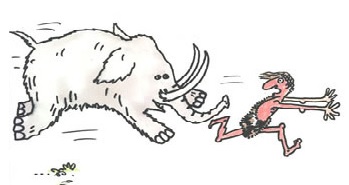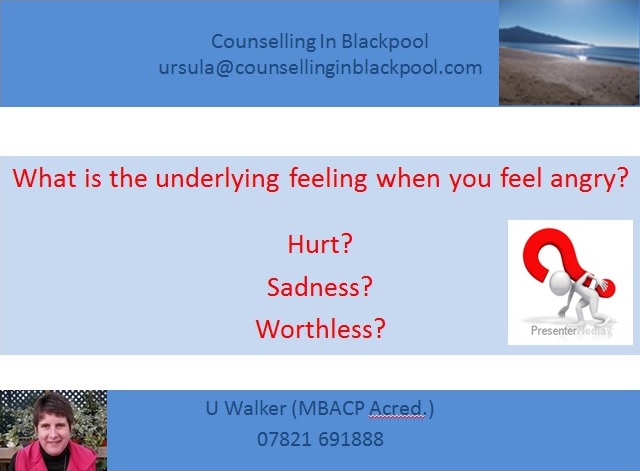This is the beginning of a series of blogs on Anger and how we can better manage it. First of all let us look at what anger actually is …. The facts.

Anger is a natural process built within us at our deepest level and it is there to protect us, to keep us safe. A man called Walter Bradford Cannon was the first to describe it as the fight-flight-freeze response. He says “the response is a physiological reaction that occurs in response to a perceived harmful event, attack, or threat to survival”. These threats can be external e.g. someone is following you down the road at night or a perceived threat. This is when we think we are being threatened and can be more subtle. (future blog)
When we find ourselves in a frightening situation we will do one of the above – we will stay and fight if we think we can win, run if we don’t or even freeze (ever seen a rabbit in a cars headlights at night!!).
Try out this quiz to see whether you have a tendency to fight or flee.
https://uquiz.com/quiz/194lhc/fight-or-flight
We have a physical response to anger, think about when you last jumped back onto the curb after not seeing a car coming at you – heart racing, sweaty hands, weak legs, breathing quicker. Often we hear stories of people doing amazing things at road traffic accidents – people picking up cars because their loved one was underneath it and they want to free them. The blood rushes into our muscles and we find ourselves doing astonishing things we would not be able to do normally. Anger is a great thing.
Why do we give it such a bad press then ………..? Often because we see the negative side of it. We see the bad behaviour associated with it – slamming doors, screaming and shouting; hitting people; punching doors, etc. This is the behaviour we see when someone is feeling angry. Yes, anger is a feeling, an emotion not a behaviour, we tend to forget this. Feelings are neither good nor bad, they just are. So anger by definition then is neither good nor bad.
When people are angry they try to take it out by beating the heck out of cushions or a punch bag. All this does is release some of the pent up tension we are feeling. This does not resolve the problem. Getting rid of the excessive tension is good but really what we need to do is look at the cause of the anger and work on resolving that. See blog What’s Underneath Your Anger https://counsellinginblackpool.com/whats-underneath-your-anger/. If someone is angry there is always a reason for it. It is an automatic response.
We use different words to express anger:-
| · Aggression | · Frustrated |
| · Annoyed | · Mad |
| · Irritable | · Envious |
| · Offended | · Jealous |
| · Fear | · Scared |
What’s Underneath our anger?

Often we show we are angry but there is usually an underlying feeling that has made us feel angry e.g. feeling hurt; feeling we are worthless; sad. These are the emotion we are really feeling but we display the secondary emotion of anger usually in negative ways.
No one is born angry. It is just a feeling like being happy, sad, scared or loving. We do have to take into account peoples personalities and some people are born with a more fiery temper – red heads – and others of us who are shy and would not say “Boo” to a goose.
We can choose whether to be angry in a situation. Sometimes anger can be used for good, for example if we see an injustice being done. We can react in an angry way that moves us to speak out or become involved in an organisation/movement to end the injustice. We can use that same decision making when we are being provoked in a pub when someone wants to start a fight with us or when we are walking down the street and someone gives us a dirty look, or swears at us for no apparent reason. Often the perception of a person who does not react, is not provoked, is seen as a weakness. I don’t believe this can be true…if anger is a feeling then it can’t be be seen as a weakness or a strength just as grief can’t be seen as a weakness or strength, it is just the way we are feeling at the time.



Leave A Comment